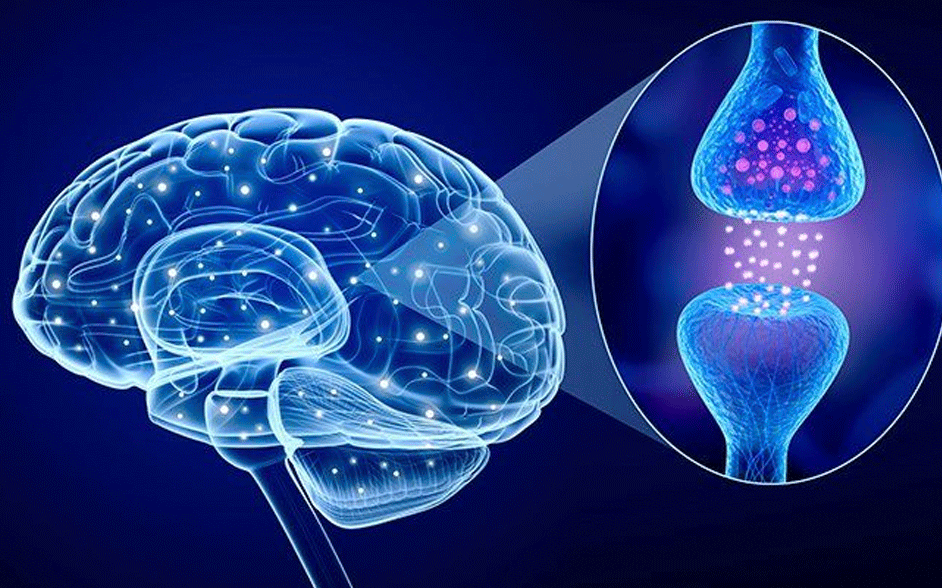- Mumbai, New Delhi, Bangalore
- (+91) 81518 30000
- WhatsApp Now
- contact@vedawellnessworld.com
Addiction is a complex interplay of genetic, environmental, and psychological factors. While environmental influences and personal choices play significant roles, a growing body of research highlights the importance of genetic predispositions in the development of addictive behaviors.
Genetic predisposition refers to the increased likelihood of developing a particular disease or behavior based on an individual’s genetic makeup. In the context of addiction, it means that certain genetic variations can make an individual more susceptible to developing addictive behaviors when exposed to substances or certain activities.
“A study on the neurological and genetic factors of cocaine addiction identified 133 genes differentially expressed between Cocaine use disorder case patients and cocaine-free control subjects, including previously implicated candidates for cocaine use/addiction. Differential expression analyzes significantly correlated across European-Americans and African-Americans. While genes significantly associated with Cocaine dependence via genome-wide methods were not differentially expressed, two of these genes were part of a robust gene coexpression network associated with Cocaine use disorder involved in neurotransmission and drug addiction”
Substance use disorders (SUDs) manifest as chronic relapsing disorders, characterized by compulsive drug taking despite serious adverse consequences, the loss of control over intake, and the emergence of negative emotional states during abstinence. Contrasting the traditional and stigmatizing view of addiction as a bad “choice” or moral failure, the collected evidence shows that frequent substance use changes the brain in ways that can engender the profound behavioral disruptions that are seen in individuals suffering from an SUD.
Indeed, addictive drugs trigger a gradual and progressive wave of dysfunction that disrupts the very circuits involved in processing responses to rewarding stimuli and motivating behavioral actions, negative emotions, interoception, decision-making, and cognitive control. Our growing knowledge about the many individual and environmental factors that modulate SUD risk and about the effects of addictive substances in the brain is transforming our approaches to the prevention, diagnosis, and treatment of substance use disorders.

The dopaminergic system, which involves the neurotransmitter dopamine, plays a critical role in the brain’s reward pathway. Genes like DRD2 (dopamine receptor D2) have been linked to addictive behaviors. Variations in these genes can affect how individuals experience pleasure and reward, potentially making them more prone to seeking out addictive substances.
“ Recent reports indicate that the heritability of drug addiction should be high enough to allow a significant role for a specific set of genes, and the available genetic studies, which might not be already conclusive because of the heterogeneity of designs, methods and recruited samples, should support the idea of a significant role of at least one gene related to dopaminergic system. Evolutionary changes in primates and non-primate animals of genes coding for molecules involved in dopaminergic system highlight why addictive disorders are mainly limited to humans.” [1]
Enzymes that metabolize drugs and alcohol, such as those encoded by the CYP450 family of genes, can influence addiction risk. Variations in these genes can alter the rate at which substances are broken down in the body, affecting their impact on the brain and the likelihood of developing dependence.
The OPRM1 gene, which encodes the mu-opioid receptor, is another key player. This receptor is involved in the body’s response to opioids and endogenous endorphins. Genetic variations in OPRM1 can influence an individual’s response to opioids, potentially increasing the risk of opioid addiction.
“Recent data obtained in native neurons confirm that mu receptor signaling and regulation are strongly agonist-dependent. Current functional mapping reveals morphine-activated neurons in the extended amygdala and early genomic approaches have identified novel mu receptor-associated proteins. A classification of about 30 genes either promoting or counteracting the addictive properties of morphine is proposed from the analysis of knockout mice data.” [2]
The serotonin system, which regulates mood and emotion, is also implicated in addiction. Variations in genes like 5-HTTLPR, which affects serotonin transporter function, can influence susceptibility to addictive behaviors, particularly in response to stress and emotional regulation.
“Results from a study showed a crucial, but distinct involvement of the serotonergic system in both processes with considerable overlap between psychostimulant and opioidergic drugs and alcohol. A new functional model suggests specific adaptations in the serotonergic system, which coincide with the establishment of controlled drug use-associated behaviors. These serotonergic adaptations render the nervous system susceptible to the transition to compulsive drug use behaviors and often overlap with genetic risk factors for addiction. Altogether we suggest a new trajectory by which serotonergic neuroadaptations induced by first drug exposure pave the way for the establishment of addiction.” [3]

While genetic predisposition is a significant factor, it does not act in isolation. The interaction between genes and the environment (GxE interaction) is crucial in understanding addiction. For instance, an individual with a genetic predisposition to addiction might not develop addictive behaviors unless exposed to certain environmental factors, such as peer pressure, trauma, or easy access to addictive substances. Conversely, supportive environments can mitigate genetic risks, highlighting the importance of nurturing surroundings.
Epigenetics, the study of changes in gene expression that do not involve alterations to the DNA sequence, also plays a vital role in addiction. Environmental factors can lead to epigenetic modifications, such as DNA methylation or histone modification, which can alter the expression of genes associated with addiction. These changes can make individuals more or less susceptible to addiction based on their life experiences and exposures.
The role of genetic predispositions in addictive behavior is a testament to the complexity of addiction. While genes do not determine destiny, they significantly influence an individual’s vulnerability to addiction. By continuing to explore the genetic underpinnings of addiction, we can develop more effective prevention and treatment strategies, ultimately reducing the burden of this challenging condition on individuals and society.